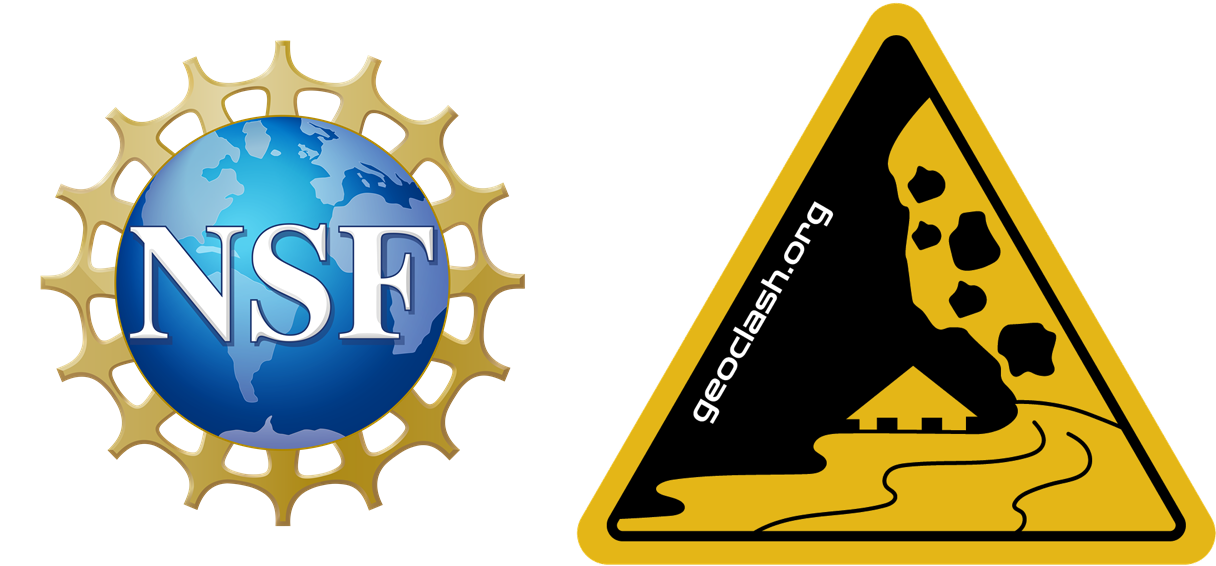About
Landslides and river floods are common examples of land-surface hazards that have enormous impact on society because they occur frequently and in widespread environments around the world. The consequences of such hazards are magnified by climate change, modification of the land surface due to human activity, and increased exposure associated with population growth and urban development. Yet an integrated scientific approach to geohazards research lags to their growing effects. In response to the threats posed by geohazards, our funded Center Catalyst will develop a shared vision within the scientific community around contributions to hazards research and education, which will include strengthening ties between academic, government, non-profit groups and local communities. This vision will be the basis of a proposed Center for Land-Surface Hazards (CLaSH). This Center, the detailed shape of which will be sculpted via Catalyst activities, would provide a trial for frontier work involving the impact of different types of land-surface hazards on society. Pilot activities of the Catalyst will include scientific community planning meetings, engaging existing NSF facilities and centers on education and outreach projects, and strengthening government agency partnerships. Center Catalyst activities will inform the strategic plan for a fully-fledged Center that enables innovative research on interconnected land-surface hazards, increases the participation of geoscientists, and better prepares the public for disaster events.
A particular emphasis of the Center Catalyst will be on how one incident of a hazardous event triggers more events creating a cascading hazard, such as storms that follow wildfire causing debris flows and floods. This focus is motivated by the major research challenge that individual land-surface hazards often receive attention in isolation. While they certainly merit study on their own, we fundamentally lack transdisciplinary science that addresses how geomorphic processes work together as a part of an interconnected system to generate cascading hazards. This gap represents an important link between hazards and fundamental science. Research on cascading hazards is a frontier poised for major advancement, fueled by maturing basic science frameworks (e.g., critical zone science, tectonic/climate coupling, impacts of the Anthropocene), increased computational modeling capabilities, and technological developments in imaging and sensing that promise a wholly new opportunity for integrated efforts. Another major gap is the need to broaden participation in hazards research and grow the geohazard workforce. With these gaps in mind, the Center Catalyst will consider: (1) developing workforce recruitment and retention programs, (2) identifying opportunities for advancing fundamental knowledge that readily translates to application in the hazards research space, and (3) developing research directions on how society itself increases hazard exposure through modification of the land surface.
